The world we live in today is very different from the one of a few decades ago in that cross-border commuting, traveling, and communication have been made so easy that services and products, both physical and virtual, must find new and better ways of distributing and sharing information. When these signals need to be distributed to several output devices, splitter boxes become important plumbing accessories. This article aims to give the reader a detailed description of splitter boxes in terms of their operation, main parameters, and criteria to which one should pay attention while choosing this kind of equipment. This article will continue by revealing various categories of splitter boxes and their particular advantages as well as offering simple instructions on placement and usage of the devices. By the end of this article, the audience will be fully acquainted with how to use splitter boxes to improve audio-visual entertainment.
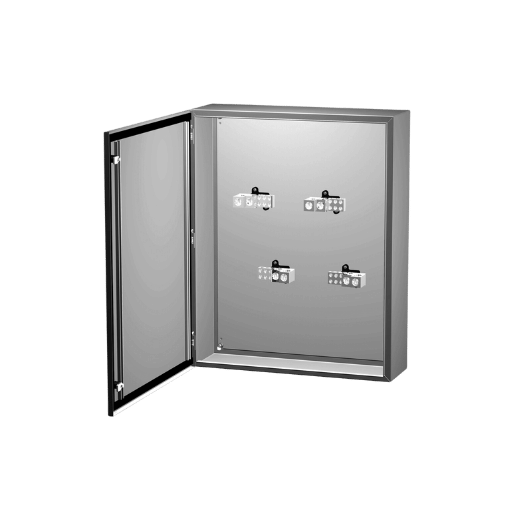
A splitter box can be defined as an externally mounted box that receives one or several input signals and provides many output signals. This is critical, especially in audio and video services, where signals must be reliable for the greatest impact. A typical example of such a device is a splitter box, which is designed to split one input, say HDMI or Audio, into two or more outputs without any loss in quality. This involves the practice of enabling users to attach one media device, such as a Blu-ray or sound system, to several displays or speakers for easy integration in different applications. Most of the modern splitter boxes also contribute to the active amplification of the signals and certain high-definition formats, increasing their application in professional and home theater systems.
As with any other equipment, there exist certain parts in the splitter box that make it useful in its operations. These include input and output ports, circuitry that takes care of signal distribution, and, at times, amplifying capabilities within the box. The source device connects to the input ports, while the output ports allow connection to one or more display or audio devices. The internal circuitry is important as it helps in managing the distribution loss of the signal as it is scuttled among the output ports.
Another classification compares the available devices according to internal structure. Best control is typically exercised with respect to what constitutes the out of the line chambers, however their geometrical shape is of secondary importance to the design of the device as a whole. HDMI splitters, for example, fall in the category designed for an HD signal split into two or more screens, while Audio splitters can be for RCA sockets or 3.5mm jacks. Besides these, there are also powered splitters designed to offer additional amplification to ensure that the signal carries further than it would do passively whilst the device is connected to the mains. It is also important to observe that power passive splitters can also be power managed but do not require mains power as their name suggests. Users can learn how these components and types work in practice so that selecting the required splitter box for a specific audio-visual task can be easily accomplished.
Splitter boxes general purpose equipment is used in domestic and professional settings. In case of commercial use, they provide a way to distribute audio-visual signals on several displays in the area of conference rooms, retail outlets, and entertainment centers. Splitter boxes are also used in homes, to connect one or more televisions, projectors, or sound systems so that wherever the viewer is, content can be played at once across many places. Splitter boxes can also be considered the main devices for broadcasting and production, where many outputs have to be fed through one signal with utmost care to resolve the distribution of signals.
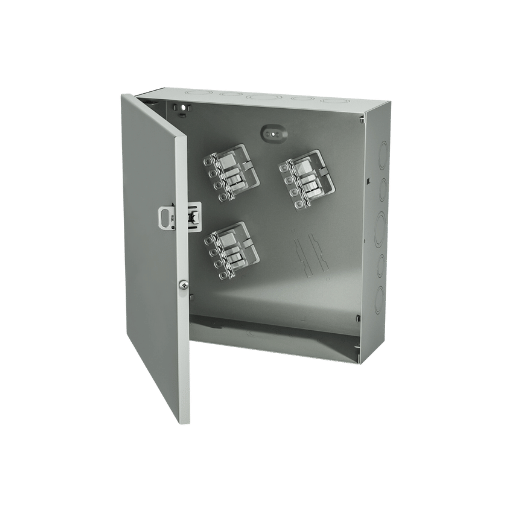
Choosing the right type depends on device compatibility, desired resolution, and the audiovisual setup.
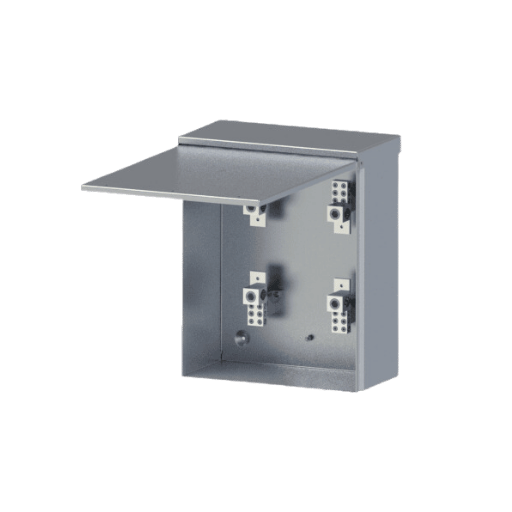
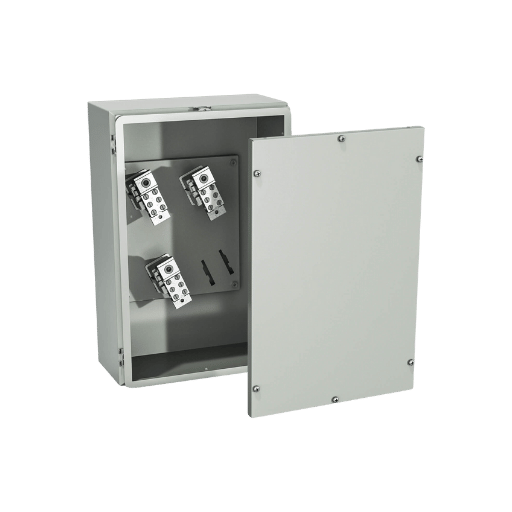
Dual splitter boxes have numerous advantages in the use of both professional and personal audio-visual systems. First of all, these devices allow the same input signal to be sent to three or more output devices simultaneously. It’s very useful particularly in environments like presentations or home theater systems that need this function. This component increases flexibility because, without the need to increase the number of sources, it also allows multiple display formats. Another important utilization of the dual splitters is that the extension cables can be used to maintain the signal over greater distances without suffering from the loss of signal quality that may have resulted. They also act as countertops for the cables as a number of outputs are grouped into one unit, enhancing order and reducing space occupation. Lastly, quite a fraction of dual splitter boxes are made in view of their intended application.
A dual splitter box works towards the distribution of one incoming signal to two output devices and so it is useful in places that require multiple displays. One Splitter Box, on the other hand, supports only one output and hence limits use to only one device at any given time. Dual splitters are also used to travel longer distances without losing signal quality and can support multiple formats as compared to their single-splitter counterparts. Therefore, a single stroke is almost always the usage of devices where the demand for greater flexibility is required, which is extremely handy because of exclusively dual-splitters.

A signal splitter is defined as a device which takes in one input signal and provides multiple output signals from that input. It is usually used in audio and video systems to direct signals from one source to various ends without noticeable loss in quality. A signal splitter is a device that also comes in single and dual configurations thereby giving various output levels for certain applications.
Quality audio and visual signals are possible due to the distribution of signals without distortion, thanks to the splitters. They ensure that the signals do not undergo degradation and obstruction with the use of better quality material and proper impedance matching. Moreover, enhanced signal splitters apply such methods of output signal amplification so as to be able to deliver the necessary signals long distances. These devices eliminate the need for excessive signal sources, therefore, making installation less complicated and providing excellent signals from all outputs every time. In short, sound and image splitters are must-have devices and ought to be well-designed and performed in order to assist users in delivering effective audio and video signals.
XLR splitters find their purpose in situations where a microphone or line-level signal needs to be dispatched into different paths to, for instance, mixers or recording devices. Rather, it is important when touring sound systems or recording where a single audio input needs to be fed into several different audio processing or monitoring outputs. By using XLR splitters, end users can achieve great signal integrity while reducing the clutter of cables and connections around them. Such a splitter comes in handy in any situation that involves very long cable connections because it reduces the drainage of signals from the source to the outputs.
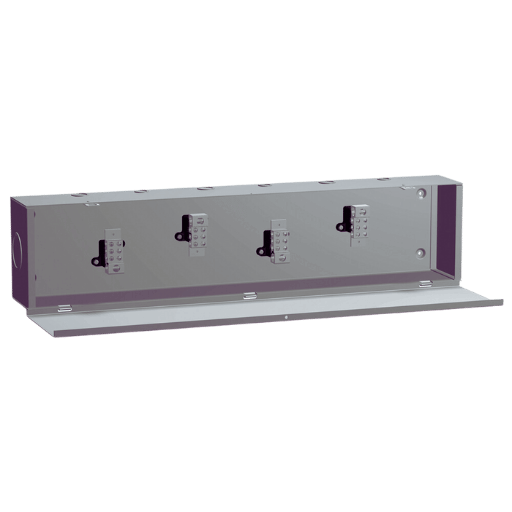
The 4 channel splitter boxes let the user split one audio or video signal into four but do not compromise on the quality of the original signal. They are useful for both live sound and studio environments, making it easy to add onto current systems. When looking at such devices, the following considerations have to be made:
An appropriate choice of a 4 channel splitter box should make it easy to transfer or rather distribute signals safely and influence the performance of the system.
A: An Audio Splitter Box Enclosure is a mechanical gadget used to take all the audio signals coming from a single source and divide them into many outputs without lowering the audio quality. It does so in a manner that the sound is well spread and better quality sound is realized.
A: The Audio Splitter Box Enclosure functions by receiving audio signals as input and sending them out through different outputs. The internal circuitry aids in retaining the quality of the audio, thus avoiding degradation of quality as the signal is being split.
A: Yes, it is possible to use the Audio Splitter Box Enclosure with other audio cables such as instrument cables which broaden the use of the gadget in different audio applications.
A: The Audio Splitter Box Enclosure manages a number of audio signals including mic splitter signals, line level signals and stereo signals among others making it applicable in numerous audio purposes.
A: Yes, the Audio Splitter Box Enclosure has been constructed in such a way that it can be easily installed. Connect your audio source and output cables to the given ports and you are good to go.
A: No, the Audio Splitter Box Enclosure is constructed in a manner that maintains the quality of the output sound. The internal components are made in such a way that avoid any losses or reductions in straining causing interference free sound distribution.
A: Eight outputs is the highest number of the Audio Splitter Box Enclosure which means that you will have a reason to connect to as many devices as possible more than one.
A: Yes, there are certain types of Audio Splitter Box Enclosure models that may have a switch that controls the distribution of the audio signal to ensure performance is improved.
A: People use Audio Splitter Box Enclosures because it has several advantages such as avoiding signal degradation, decreasing the risk of audio loss, assuring relatively good sound quality, and providing a consistent and neat means of distributing audio signals to more than one output.
A: Customer support for the Audio Splitter Box Enclosure can be obtained by reaching out to Your Brands support team through the appropriate means of the official website or call centre. They are ready to help with any inquiries, troubleshooting and other product support you may require.